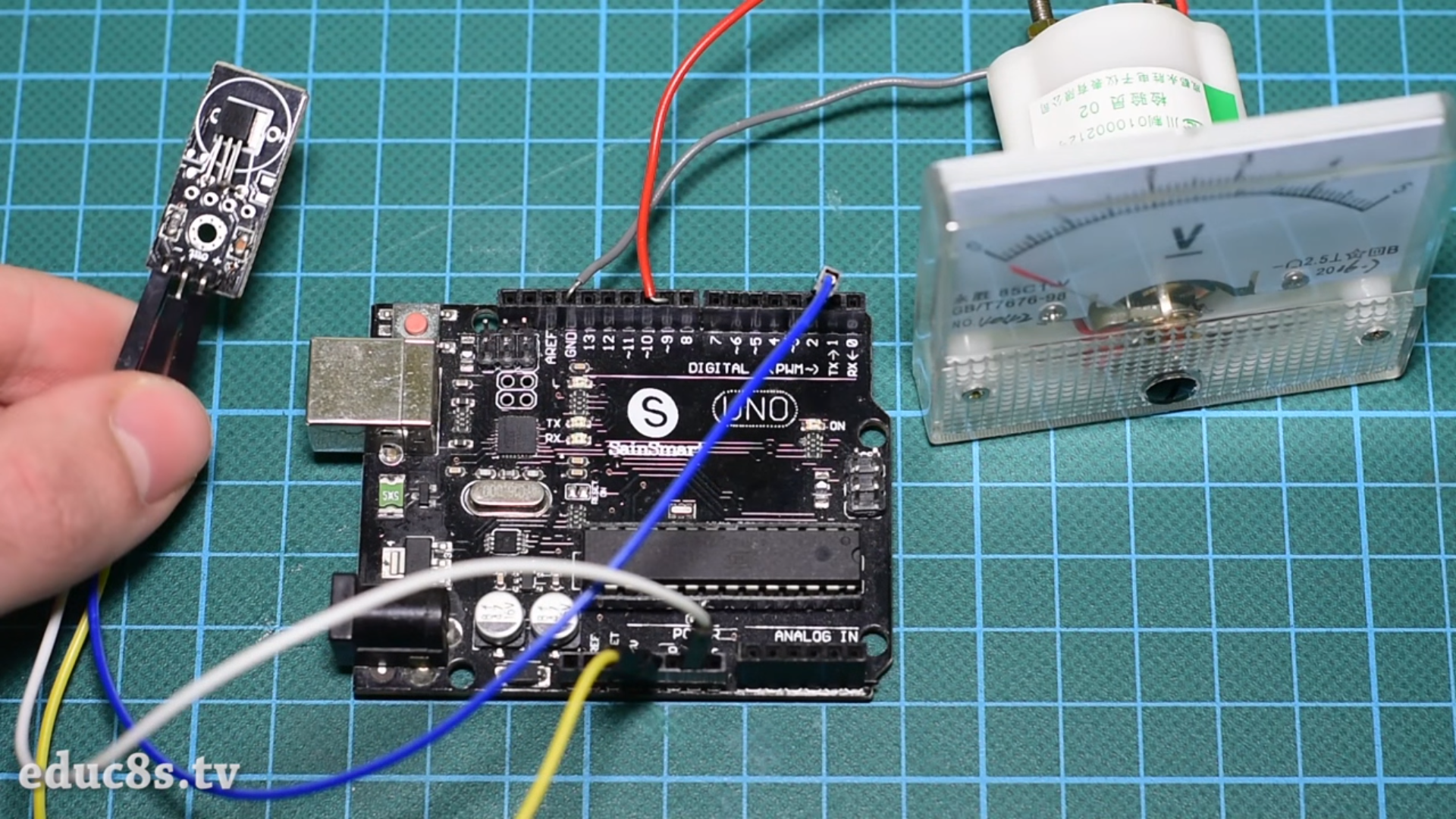

This is an in-depth article (tutorial) for ADC, how it works, different types of ADC, error sources, sampling, and much more.

And this is when we start learning about the ADC peripheral and try to configure it so as to get this task done. Therefore, we need to read the analog voltage value using our digital microcontrollers. Just like temperature, light, pressure, and more other sensors are all analog. Most parameters and variables are analog in nature and the electronic sensors that we use to capture this information are also analog. We typically use an ADC in order to measure/read the analog voltage from different sources or sensors.
ARDUINO ANALOG FULL
Get The ESP32 Full Course Kit (List of components)Īn ADC (analog to digital converter) is an electronic circuit that’s usually integrated into different microcontrollers or comes in as a dedicated IC.Or just refer to the table for the exact components to be used in practical LABs for only this specific tutorial. You can either get the complete course kit for this series of tutorials using the link down below. Arduino IDE For ESP32 (Setup Guide) Hardware Components.Requirements For This Tutorial Prior Knowledge

8.1 ESP32 ADC Noise Reduction By Multi-Sampling & Moving Average Digital Filtering – Code Example.7.1 ESP32 ADC Calibration – Code Example.6.2 ESP32 ADC + Potentiometer LED Dimmer – Code Example.


 0 kommentar(er)
0 kommentar(er)
